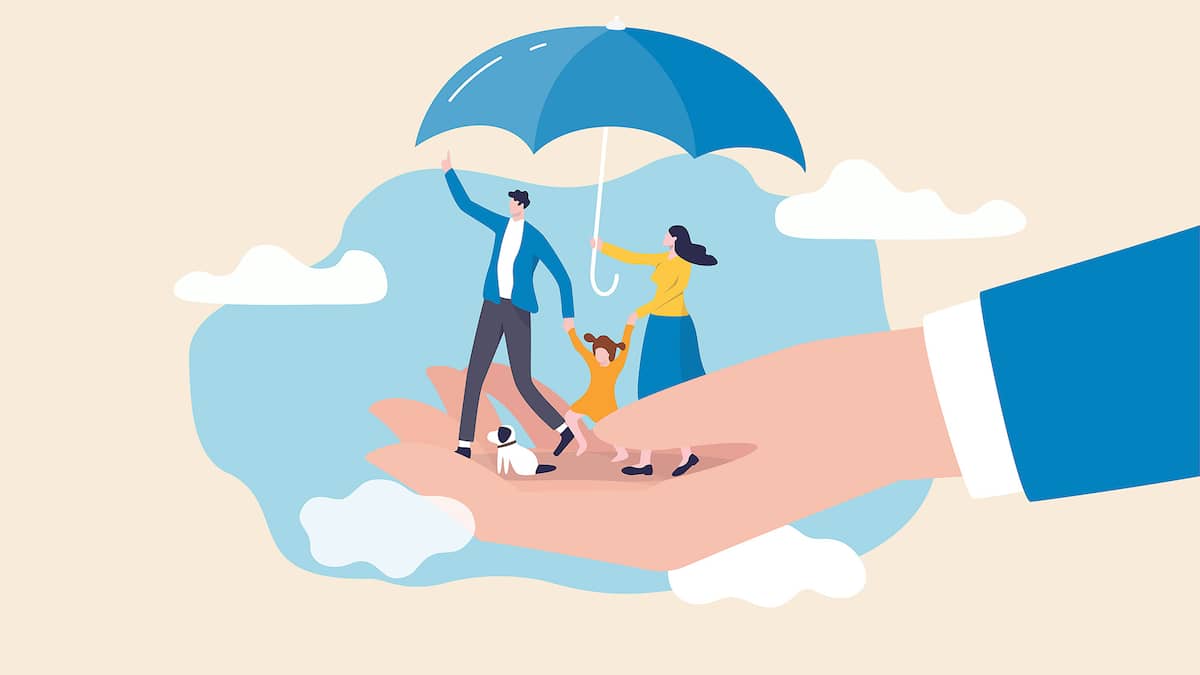Who doesn't want to go home with peace of mind and know that their assets actually benefit their children and not mostly the tax office? One way to achieve this is through life insurance, which is payable on the second death.
The capital gains tax and the burden on the estate can have a severe impact on the assets left to the heirs. For example, it is not uncommon for a property left by a parent to have to be “emergency sold” in order to be able to pay the tax due on it.
In order to reduce the tax burden and ensure the financial security of your heirs, there is an insurance product that could prove interesting: life insurance with payout from the second death.
Expect tax bill
“Individual life insurance is a commonly used product to protect a spouse or children. “However, people are less familiar with life insurance, which is payable on the second death and is also known as joint life insurance,” explains Sylvain De Champlain, financial planner and president of De Champlain Financial Group. The goal: asset protection after the death of both spouses.
You should know that in the event of death, it is possible to transfer our RRSP or RRIF to our spouse without any tax implications. They are simply transferred to the survivor's RRSP or RRIF accounts. The same applies to the main residence or secondary residence: they are passed on to the surviving dependent without them having to pay tax on this inheritance.
But the rules change when the second member of the couple dies. In this case, the estate must pay its taxes to the tax office. “At the second death, RRSPs and RRIFs become taxable in the hands of the heirs. The same applies to the second home. Capital gains tax can be significant if, for example, a chalet has increased in value since it was purchased,” warns Sylvain De Champlain.
A welcome amount for the heirs
How does death insurance work? The insured sum is not paid out at the time of the death of the first partner, but only at the time of the death of the second partner. “After the death of the spouse, the surviving dependent must continue to pay the premium. If he dies, the life insurance will then be paid out to the beneficiaries,” explains the financial planner.
He adds that this protection will make it possible to cover inheritance taxes and protect heirs. “For example, if they inherit the holiday home, they don’t have to sell it quickly or find mortgage financing to pay the tax debt. This ensures the sustainability of the heritage,” he explains. For example, if they maintain the family residence, this insurance allows them to pay off the mortgage if there is still a balance due. When it comes to RRSPs and RRIFs, tax laws put almost 50% at risk of being swallowed up in taxes upon the death of the second spouse. Here, too, this insurance helps you pay your taxes to the tax office.
Note that the cost of second-to-die life insurance is generally lower than that of dual life insurance because the insurer considers the risk to be lower.
“The baby boomer generation has accumulated significant wealth and wants the wealth they own to be passed on in full to their heirs. This insurance product contributes to this,” concludes Sylvain De Champlain.
ADVICE:
- To take out this insurance, it is not necessary for a couple to be married or in a registered civil partnership. It is enough to be common law spouses.
- It is possible to combine individual life insurance and death insurance. The two strategies are complementary and do not cover the same needs.
- Consult an insurance professional or financial planner to determine whether this product is appropriate for your situation.

